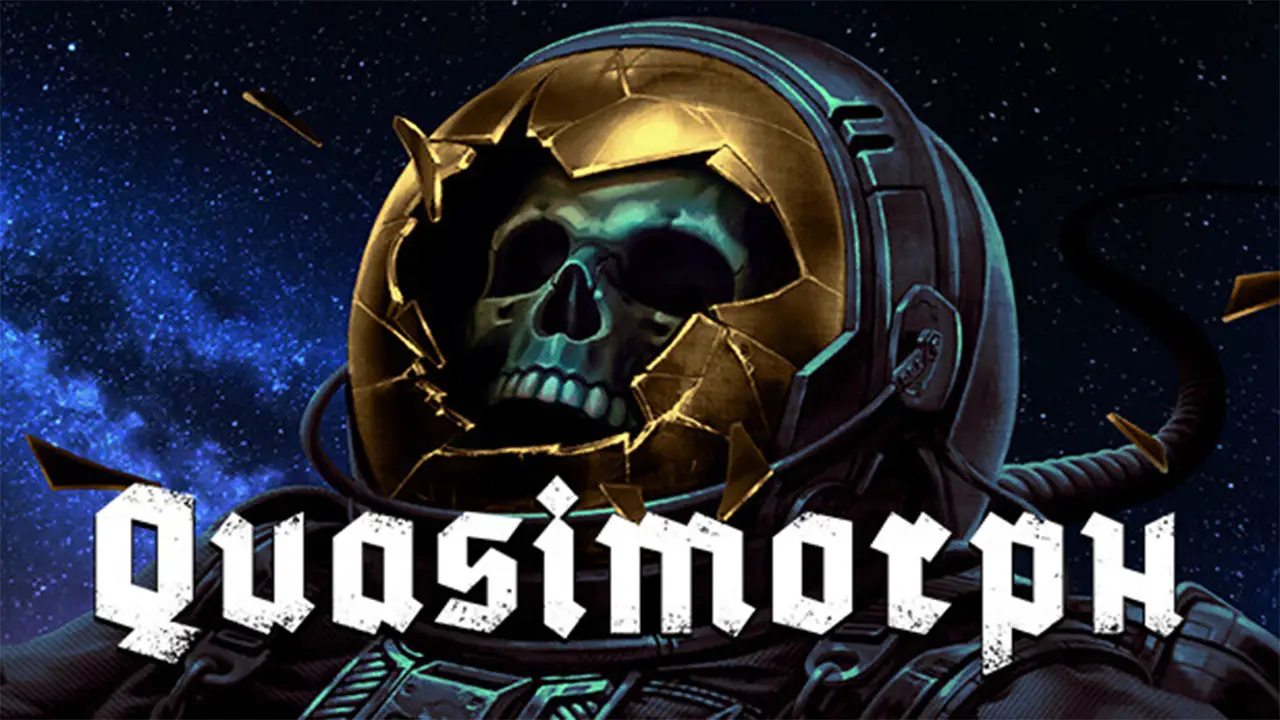It’s hard to keep count of the number of rogue-likes and rogue-lites that swamp the Steam marketplace in the modern day, but every now and again a game slips through that manages to do something different.
Quasimorph is one such game, and although it’s a little rough around the edges in its current Early Access state, this combination of rogue-like, RPG, and extraction shooter shows great promise.
STORY
Quasimorph’s narrative is built around its grim-dark setting rather than a linear story. The game puts players in the shoes of a PMC (Private Military Company) fighter or, more accurately, the shoes of several PMC fighter clones. Quasimorph sees players exploring space and taking on contracts for the various corporations who run it, all of which involve barrelling through facilities and killing everything in sight. Then there’s the Quasimorphisis, a mysterious disease that’s turning people into horrible creatures from another world. These creatures are appropriately horrific, though I’ve yet to discover much about them.
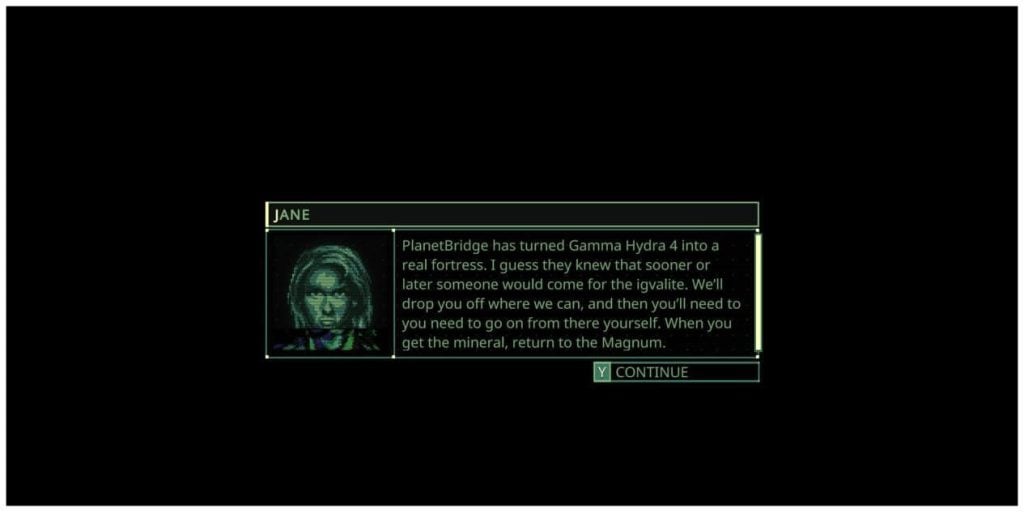
There are a handful of NPCs in the game that spout serviceable dialogue, though it’s nothing to write home about. However, for those that don’t enjoy reading, none of the dialogue (outside of the rather wordy tutorial) that I’ve read during my time with Quasimorph has come across as required reading. Overall, those looking for an atmospheric game with an intriguing setting will get what they came for, but don’t expect an epic narrative.
GAMEPLAY
In Quasimorph, players battle through space stations, science labs, and warehouses (among other things), blasting their way through to get to their objective in turn-based combat. This objective can be anything from simply defending a location, sabotaging an important item, or killing a specific target. Throughout a mission, players will need to grab as many valuables as they can, which can be bartered with at various space stations. Outside of missions, players play the field with the various corporate overlords of Quasimorph’s grim-dark world, building reputation with them to garner better rewards.
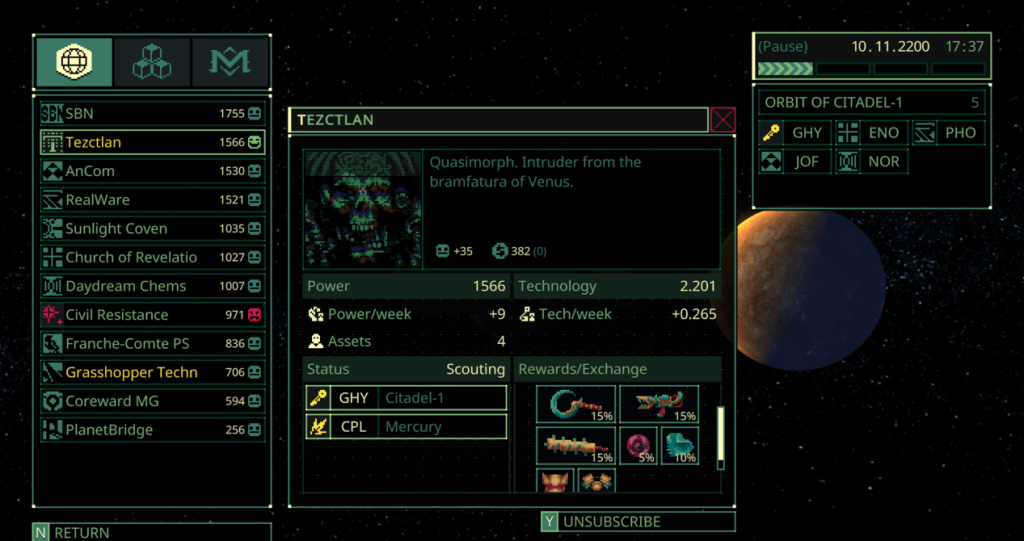
Quasimorph is, at its heart, a traditional turn-based rogue-like. The game features tactical turn-based combat, resource management, and unforgiving gameplay. Unlike many classic rogue-likes, however, Quasimorph focuses on cover-based shooting and survival mechanics such as a detailed wound system. However, despite all its similarities with the traditional rogue-like, Quasimorph doesn’t quite fit the bill – it’s an extraction shooter. Players can progress between runs via an RPG-style level system and the acquisition of increasingly powerful gear. Despite this, Quasimorph doesn’t lose its unforgiving edge, thanks to the permanent death mechanic that sees players losing their levels and any gear they happened to be carrying when they die.
Once dead, players will have to pick a new clone, choose a new class, and equip that clone with fresh gear. Thankfully, Quasimorph features a comeback mechanic in the form of the Emergency Case, which provides some basic supplies. This is a kindness, yes, but players will have a rough time of it completing a mission with these bare-bones supplies. Then again, that’s part of the fun.
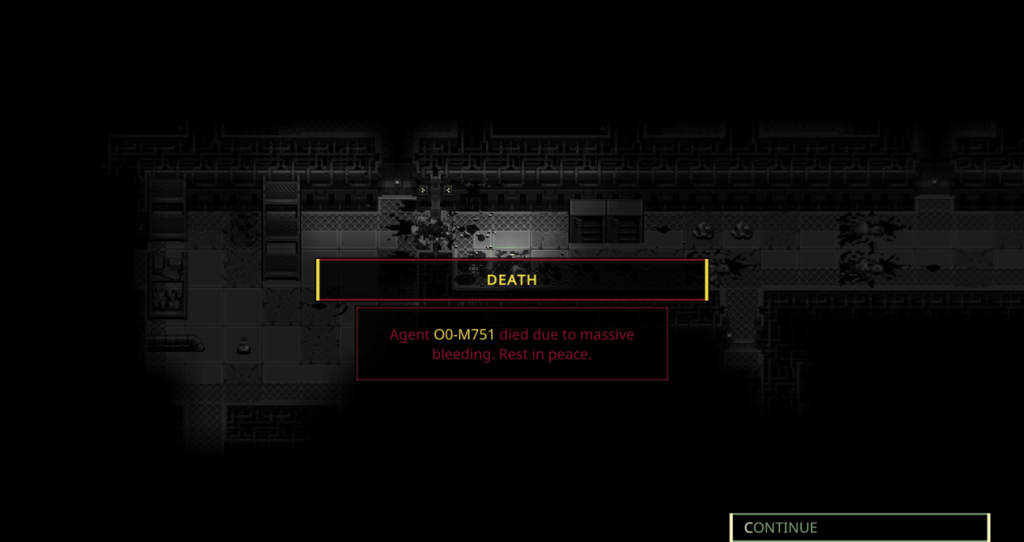
Unfortunately, Quasimorph’s harsh and unforgiving nature isn’t always fun to interact with. Losing can be a frustrating experience regardless, but the game’s unpredictable difficulty is perhaps its most infuriating aspect. In Quasimorph, every mission has a difficulty rating that tells you how tough the job is going to be, but these ratings aren’t always accurate. My problem here has less to do with a lack of balance and much more with how difficult the situation is presented to the player.
For example, certain objectives, such as defense missions, are much easier with certain items like proximity mines or the deployable turret. Quasimorph can also get a little repetitive despite its consistently satisfying combat systems. However, this repetitiveness is combated by Quasimorph’s unique selling point, the Quasimorphs themselves.
As players progress through a mission, the level of Quasimorphisis grows. Every turn. To put things plainly: the longer you take, the more danger you’re in. Eventually, enemies will start bursting into horrific creatures like you’re playing Resident Evil 4, and these things are no joke. Luckily, they don’t like the enemies, either.
Often, the best solution is to run away and let them tear into nearby enemies, who will hopefully weaken (or even kill) it. This time pressure and the variety of Quasimorphs help add some variety and tension to the gameplay. This time pressure can be somewhat alleviated by using items such as alcohol and cigarettes, though at the cost of your character’s state.
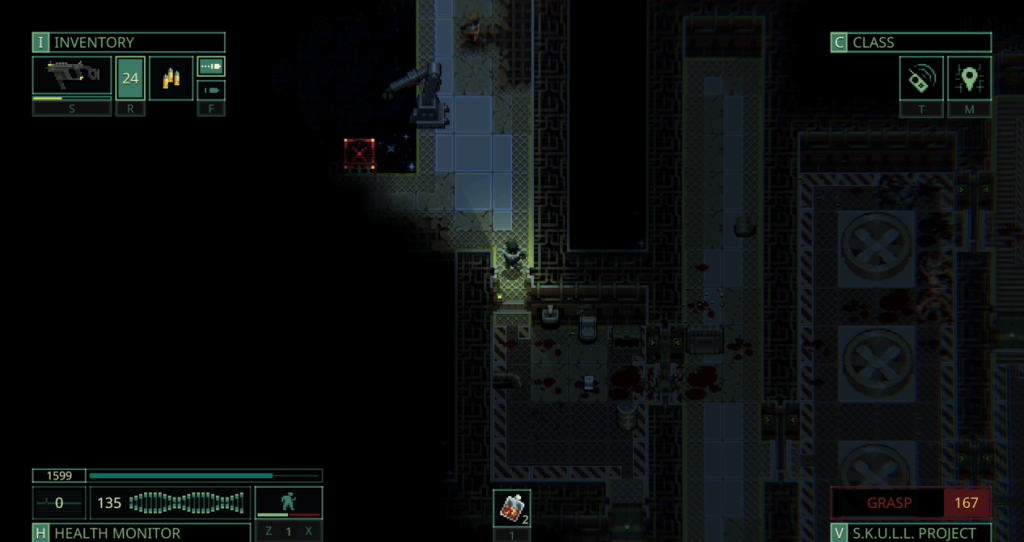
So, that’s the gameplay loop: pick a mission, choose a character, gear up, and head down. Fight your way through masses of soldiers and monsters alike in tactical turn-based combat, treat your wounds with a detailed damage system, and try to make it out alive. Barter your valuables for better gear, pick a new mission, and try to gain favor with the many factions.
It sounds simple, but its many systems make Quasimorph a consistently intriguing game. Success comes down to how well players can manage their resources, assess threats, and position themselves. Picking the right missions, taking the right equipment, and balancing risk and reward are just a few of the decisions players must make to succeed in this brutal game.
VISUALS
For fans of crunchy pixel art, Quasimorph is a visual treat. The game features low-resolution pixelated characters and environments with an impressive level of detail. It’s clear that time and effort were put into making these locations and characters coherent with the overall setting. Furthermore, all items (armor, weapons, etc.) are visible on characters, which is always a nice addition. As a by-product, this quality-of-life feature also makes it easier to see how well-equipped an enemy is without inspecting them.
Outside of the dungeon-crawling contracts, players will spend a fair amount of time navigating the game’s user interface and various menus. The game’s UI is relatively serviceable, easy to read, and does the job. NPCs are depicted with detailed pixel art portraits, and the player’s spaceship (the iconic MAGNUM) is depicted with a memorable low-poly 3D model.
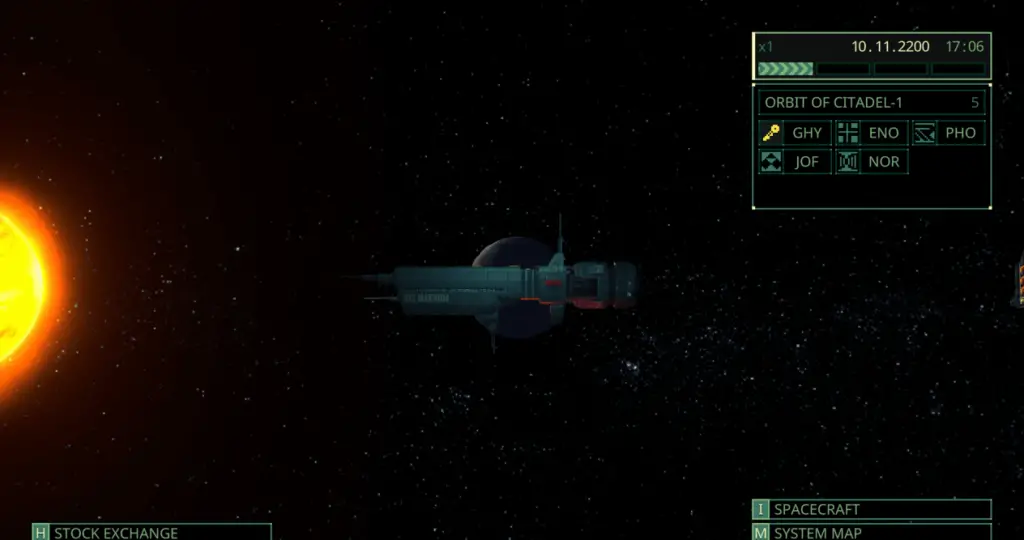
SOUND & MUSIC
Quasimorph’s soundtrack is both haunting and exhilarating, ranging from lonely melodic guitar riffs to chugging chords and pounding beats. The wiry, noodling guitar seems to echo through the environment as you explore each facility, peeking around corners and trading fire. The menu music, in particular, is a personal favorite, and while the tracks can get somewhat repetitive, they suit the tone and feel of the game perfectly.
The sound design is also one of Quasimorph’s strong suits: punchy gunshots, meaty melee hits, and the sound of “Quasimorphisis” as a horrific creature bursts from a dying enemy. All of these sounds fit the tone of the game and are well balanced. The only complaint I have here is the sharp sound the user interface makes when there’s no room in your inventory for the item you’re trying to grab; it’s a high-pitched metallic sound that quickly grates on the ears.
PERFORMANCE & SETTINGS
Quasimorph is a fairly undemanding game, thanks to its pixel-art aesthetic and turn-based nature. Regardless, the game ran flawlessly for me. Furthermore, the settings menu – while bare-bones – features all the necessities for a game such as this.
CONCLUSION
Quasimorph is a tremendously satisfying turn-based extraction shooter with solid RPG mechanics and a tangible atmosphere. This game is brutal and unforgiving. It rewards patience, punishes those who rush, and has a steep learning curve.
Quasimorph is not a perfect game, though it is in Early Access, but it is certainly a fun game. Fighting tooth-and-nail to complete your objective and escaping with your life by the skin of your teeth is almost always how missions in Quasimorph end. That, or death. If that sounds fun, and you can handle a little unfairness, Quasimorph is a must-play.
Overall, Quasimorph is easy to recommend to experienced players, or those that can handle a little frustration. However, players who want a smooth, fair experience should probably look elsewhere.

